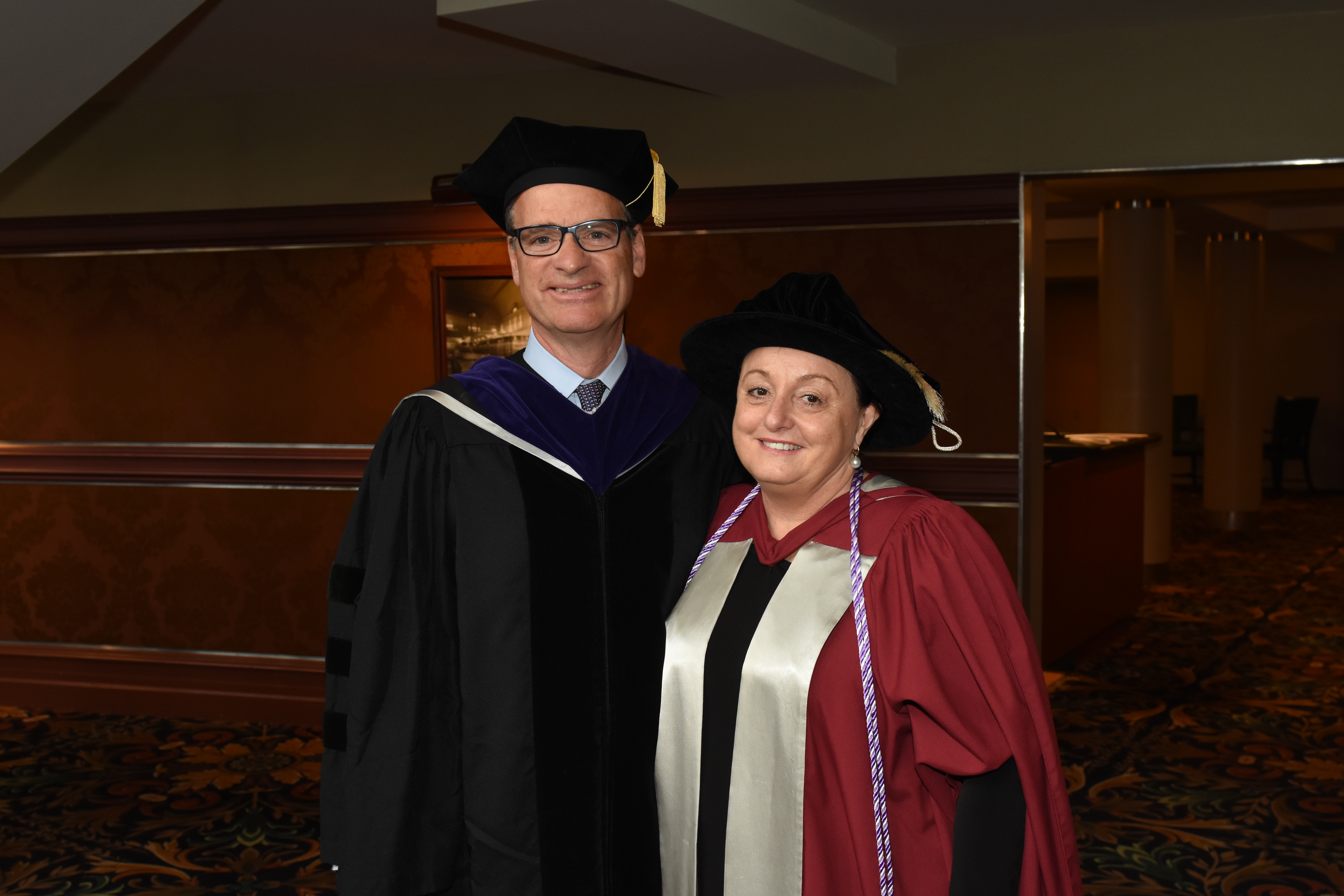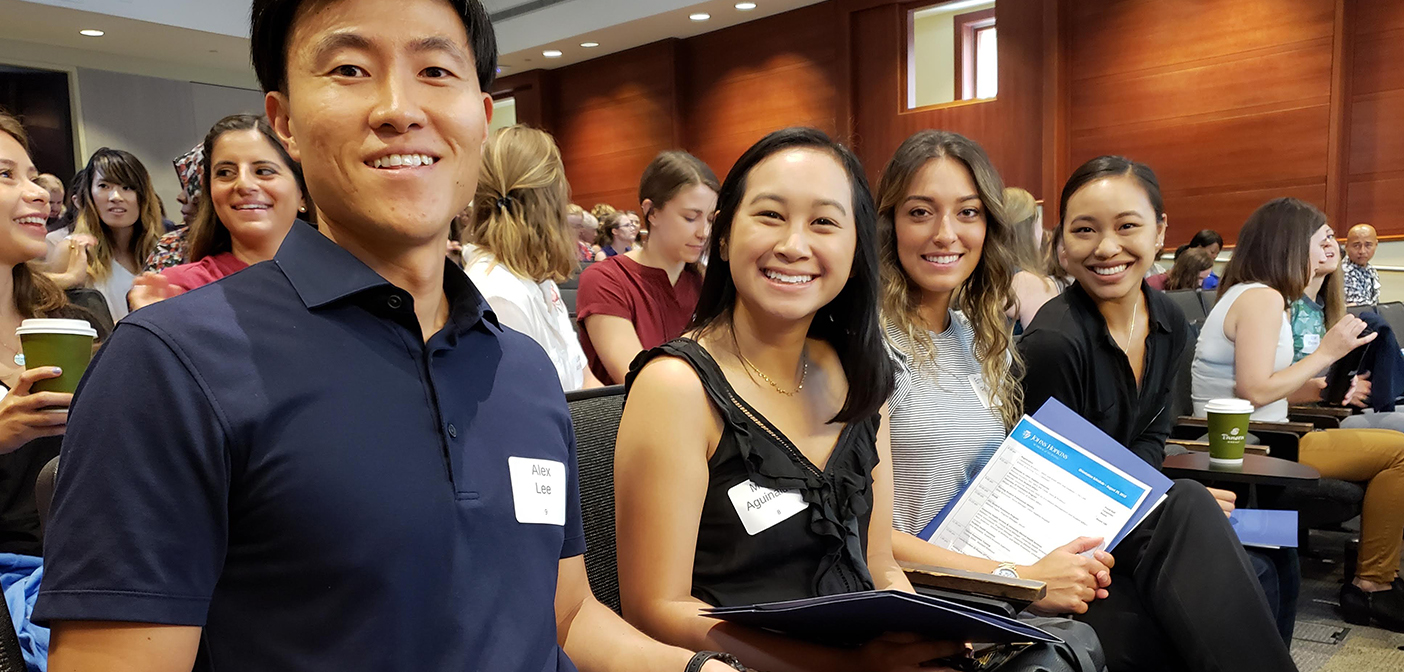Written by Kelly Brooks-Staub
“What is the most important thing in life?” The questioner is gray bearded and grandfatherly, with a soothing resonant voice. He seems amused by the answers from the class: love, compassion, peace, service to others. None of the students can guess his answer, “breath.”
“Without your breath, happiness, peace, and love cannot happen!” explains the Zen Buddhist monk. “Focusing solely on our breathing allows us to be fully present, experiencing the current moment. We spend much of our lives with a divided mind-reliving past events through our memories or worrying about what may happen tomorrow. Living that way means we miss out on what is happening today.”
Terrance Keenan is one of several scholars and religious leaders to visit the Johns Hopkins University School of Nursing as a guest speaker for the new course, “Faith and Health,” in which students develop an understanding of various religions and spiritual practices-and their relation to health and health care.
“In this course, students are encouraged to closely examine the role of the nurse in addressing faith as it relates to health and wellness,” says course instructor Mary Terhaar, DNSc, RN. “Learning the basic tenets of Christianity, Judaism, Islam, Hinduism, Buddhism, Confucianism, Agnosticism, and Atheism will enable students to develop knowledge and skills essential to becoming effective, understanding, compassionate professionals.”
As an adjunct Buddhist chaplain for Pastoral Care at the Johns Hopkins Hospital, Keenan understands the nuances of the relationship between patient and health care provider. He is visiting today’s class to teach the basic principles of Buddhist meditation. “If you have a centered, focused presence of mind it affects the people around you, your patients, and their families,” he tells the class.
The students are seated on mats throughout the classroom; Keenan perches comfortably on a small wooden stool, his back straight, hands loosely clasped, eyes lowered. He talks the class through a simple meditation exercise, each individual focusing attention on their own breathing, thinking of nothing but counting each breath. Count ten breaths, he advises, then start over again.
“Many of you won’t make it to ten,” he warns. The class thinks he is joking. “Other thoughts will enter your mind and distract you. When that happens, just start counting again at ‘one.’ Try to imagine that your thoughts are like leaves on a river. Simply notice them as they float by.”
The exercise begins with the soothing ring of prayer chimes, followed by ten minutes of silence and breath-ing. Keenan sounds the chimes again. “Welcome back! How do you feel?” Student experience varies: some feel peaceful and rested, others were fighting to stay awake, some had desperately wanted to fidget during the exercise. “How many of you had trouble reaching ten?” About half the class raises their hands, an indication of the busy minds of Hopkins nursing students.
“It has been really enlight-ening to learn about how diverse-yet interrelated-the world’s religions really are,” says Lauren Shimek ’09. “With this new knowledge, I will be able to provide better care for my patients, have a deeper understanding of my colleagues, and more fully appreciate what it means to be human.”
 Letters to the Editor
Letters to the Editor An Evening with Dr. Ernest Grant, President of the American Nurses Association
An Evening with Dr. Ernest Grant, President of the American Nurses Association Congratulations Class of 2018
Congratulations Class of 2018 News Roundup Fall 2018
News Roundup Fall 2018







